pv magazine: How do you think the post-Covid economic situation will affect the growth of solar in India?
Vaibhav Pratap Singh: The performance of large solar assets in the country, and [the] world over during the period of lockdown, has been noteworthy.
In India, upholding the must-run status [of renewable energy assets] resulted in … limited renewables curtailment vis a vis conventional generation, and helped renewable electricity production remain healthy during this period.
However in the short term, the growth of new solar installations – both large and small – is likely to remain muted. The expected slow growth is due to a wide variety of reasons, such as a dip in the overall electricity demand and supply chain disruptions over the short term.
Under the present conditions, with … added liquidity pressures due to potential delays in [the] payment [of] dues and the need to refinance capital, a mismatch of … cash inflows and … loan repayments – most of the large developers in the country may find it challenging to push aggressively for a large number of projects.
However, to deleverage balance sheets and prepare for future bids we may see several ownership changes and stake sales among large players to raise capital at … holding company level. We also expect the strong Indian renewable story to continue in the medium to long term.
On another side of the spectrum, the growth in small size, or distributed solar projects, will face severe downward pressure. We expect a downward trend as the usual adopters, like corporations and businesses, are likely to focus on their core businesses and conserve cash instead of spending money on switching to solar under [the] present recessionary, low growth conditions.
Do you expect an increasing focus on green finance globally, and potentially green stimulus packages?
We, at [the] CEEW [Council on Energy, Environment and Water] believe that overall financing activities, inclusive of green finance, will see a dip in the short term. This dip is due to the ongoing pandemic and the manifestation of attached tail-end risks resulting in lockdowns and corresponding recessionary impacts on businesses worldwide.
To navigate these tough times, most of the governments in the world are likely to design stimulus [measures] that allow for [an] improved liquidity position of businesses through low-rate loans, equity infusions, subsidies and tax breaks etc, while concurrently attempting to strengthen the demand situation through allowances and other modes of transfers into the pockets of consumers.
However in general, the focus of stimulus is short term, with very little focus on green finances. But a green nudge to the stimulus [measures] can go a long way in providing countries more long-term benefits, sustainably.
An example of this is the U.S. and China’s 2008 stimulus focus on sustainable projects, which resulted in the establishment of a large number of renewable energy-focused projects in these countries while providing a multiplier impact to both … GDP and jobs.
However, the focus on greening of … stimulus [measures] is likely to be driven by [a] country’s vision and how they look at renewable energy as an asset class.
If there is a significant growth in green finance, do you expect to see a related acceleration in the growth and installation of solar and if so, at what scale and where?
By the principle of supply and demand, the growth in green finance is likely to be concurrent with an increase in installation of more projects in India and the world over, as funding availability continues to be an issue.
The world is at a critical juncture where different regions stand at varying levels of renewables penetration. The difference in penetration of renewables is due to varying degrees of regulatory push, like renewable energy targets, financial incentives, ‘must run’ status etc, and the economics of the business.
Different regions are pushing for varying levels of solar penetration in the generation mix. Countries like India which have non-firm renewables electricity generation at 10%, coupled with a large [renewable energy] target and high electricity demand growth, can integrate a lot more renewables with ease, than a country like Germany, where renewable generation is above 40% of the total.
This transition for mitigation will require a lot more financing. Thus, more significant greening of flows – capital flow marked for green infra[structure] usage – will help achieve these targets faster but will have a varying impact in different parts of the world.
What do you think needs to be in place for solar investment to accelerate?
In India, investments in the solar sector have picked up over the last three to four years. This increase in investments has been through a lot of conducive efforts by the Indian government, including coming up with a [renewable energy] target.
The growth of any business segment is on the back of solid fundamentals that allow investors to come in and make adequate returns per capital risks.
We would need a slew of reforms for the country to accelerate the pace of investments into this regulated business of electricity generation. The reforms would first need to answer the problem of a weak buyer that may delay or default, or both, on its payments [to] generators.
The above problem in the past has been solved by the induction of intermediaries like [the] Solar Energy Corporation of India (SECI) and NTPC. However, given the balance sheet constraints of these two entities, this practice cannot go on forever.
The other long-term reforms are the tariff and structural reforms to allow for [mutualization of] the cost of this massive integration which, at present, is limited to conventional power generators and utilities and may lead to a pile of non-performing assets (NPAs) in the entire power sector.
Thirdly, the flow of long-term and low-cost finance that matches the payback profile of these projects is essential, given most of the renewable holding companies are jostling for refinancing their books every two years. Such companies, in the present condition of the downturn, may not be able to finance the required future growth, thus impacting the sector’s growth.
For countries where renewable penetration is already high, a reduction in the costs of storage and its adoption would be significant. This need is highlighted in the form of grid stability concerns arising out of tail-end risks like the ongoing pandemic that jeopardizes … sector returns and growth, with frequent curtailments.
What technology developments do you expect to see within 18 months, three years and five years?
We believe hybrid renewable projects – with storage – are the future. And this will continue in India, with the cost under the latest round-the-clock power supply tender in May 2020 falling to INR2.9/kWh – [for an] adjusted average price of INR3.9/kWh over 25 years – i.e. lower than the average variable cost of a large number of thermal plants.
This trend will only intensify with favorable economics and reducing storage – both electrochemical and others, like pumped – costs.
The of which type of storage technology, will evolve in time, as the electrochemical, pumped and other technologies create a track record of operations for both small scale and large applications.
Given the technology for solar changes every three years, and the height of [wind] turbines keeps increasing, the integration of more efficient solar and larger [and] more efficient turbines is likely to continue in the medium to long term.
Applications like floating solar and bifacial panels, which solve problems like lack of land and the duck curve [energy generation profile] issue outside the tropics, respectively, will continue to evolve over the long term.
Are you concerned about a green bubble?
Bubbles are a reality of the capital markets that, when pricked, result in a significant investment value loss. Like all other sectors, renewables can fall into this trap but hopefully not in [the] short to medium term.
Bubble formation takes place when the valuations inflate disproportionately against the underlying fundamentals. And on the realization of this deviation from fundamentals, the value falls with a thud to the ground.
At present in India, renewables – especially solar – have recently started picking [up] due to the government’s deep focus. The ministry policies have de-risked the business to the extent that one could see some of the lowest renewable electricity rates [the] world over.
The regulated returns of the sector, under fixed tariffs, and [the] long-term nature of cash flows have attracted some of the largest pension funds and sovereign wealth funds that look for businesses with strong fundamentals providing low but steady returns.
A look at the credit rating profiles of the significant players shows a consistent rising trend, with some moving to the territory of ‘A and above.’ Renewable energy businesses at the holding company level are beginning to stabilize but, due to their rapid pace of growth, continue in the single-digit cash returns to investors.
These indicators present a case where the presence of a green bubble seems far off. However, the investors will have to keep their eyes open to any changes in this status quo.
Do you think the solar industry is ready for mainstream institutional investment?
As mentioned above, the solar industry in the country represents a regulated business that inherently provides a low but steady flow of returns to the investors. This feature is likely to continue to attract a niche group of investors under the existing business models.
The industry will open up to institutional investors like mutual funds with the establishment of [a] performance track record, movement of credit ratings to ≥‘AA’, with [or] without using financial innovations like structured financial products and continued policy support to meet huge sectoral targets.
Opening up of the sector to mainstream investment is essential as the sector needs to raise hundreds of billions of dollars to meet the country’s target, which will not be possible with the existing set of investors.
Outside India, this transition to a new set of investors is already visible in the form of investments into renewables by large oil companies like Shell and BP. These oil company investors are traditionally used to high returns. Thus, this transition to regulated renewables represents both a vote of confidence in renewables and a change of [the] world order.
Do you agree that the solar sector needs to professionalize to attract significant mainstream investment and if so, what does that mean to you?
The journey to attract mainstream investors is a lengthy process for any sector. Among the handful of large solar developers, two are already listed on the exchange and more will follow up as the conditions become favorable. Avenues to different sources of funding will open up as the track record gets established.
Green Finance
This content is protected by copyright and may not be reused. If you want to cooperate with us and would like to reuse some of our content, please contact: editors@pv-magazine.com.
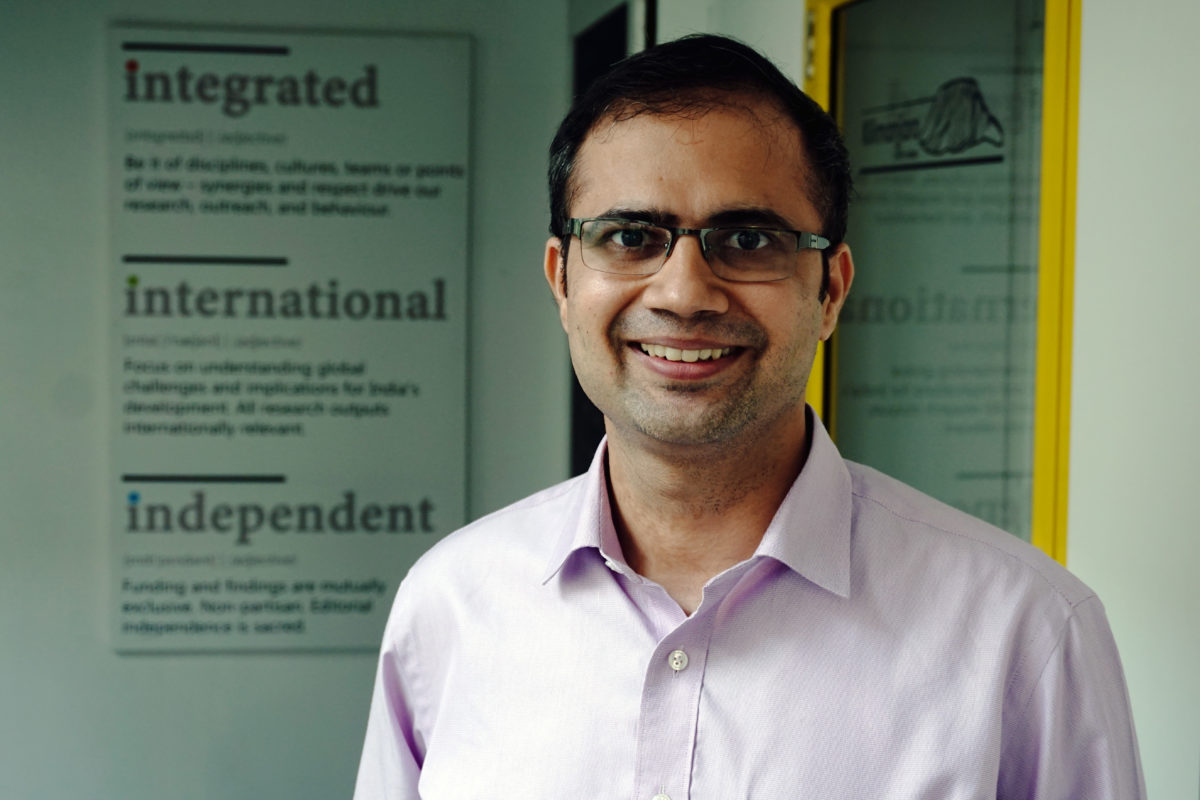
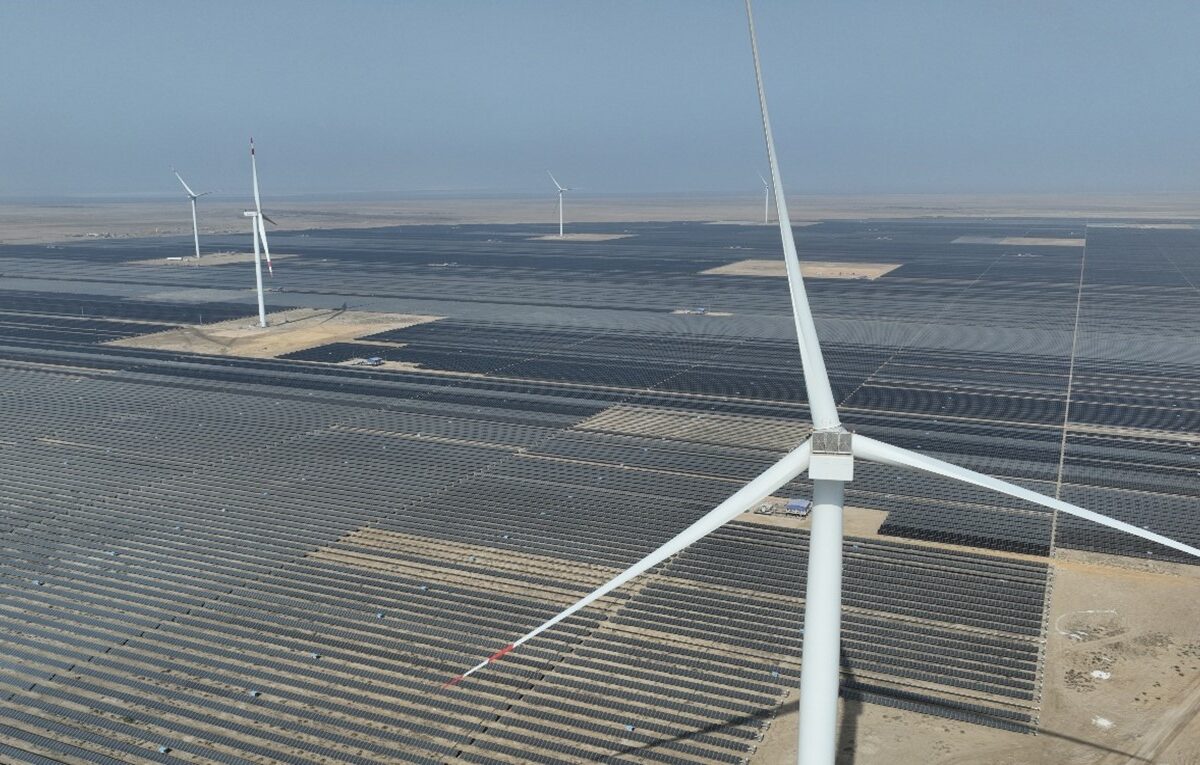



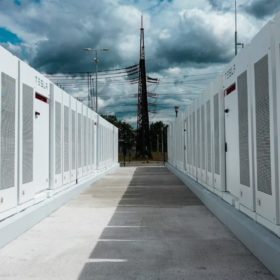
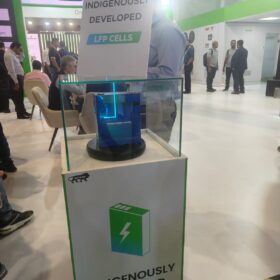

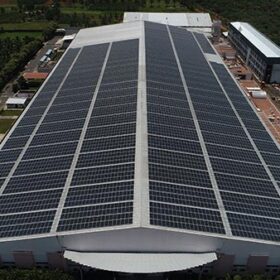
The problem with Indian Industry and Finance is it it wants to “gobble up” everything (using others money) but has a limited capacity to digest… aka deliver.
If India decides to follow the ZERO POLLUTION OPTION…. with or without the ROW (Rest of World) its “Financiers and Industrialists” will say…. “sure we can do it all” …. cherrypick the low hanging fruits… and leave disasters after disasters behind…. as before…
Whether it is Urban Development, Goods and Services, since 1947, this story has repeated itself over and over again (like many other countries too). Their “DO IT ALL” concept stops at the boundaries of towns, cities & metros…. ignoring the much larger markets outside…. again and again and again. Yes… Just Cherry Pick the Low Hanging Fruits.
Let us take Renewable Energy…. lakhs of crores are “found” (mostly overseas) for buying or building these Projects, but very little goes towards Manufacturing (1500MW/yr foe Solar Cells…. etc..) and related industries … as it is “much easier” to import …. creating a long, actually a very long supply line.
One is now finding it leading to The Dragon’s Nest… China, which has decided… why not gobble up this country too.. jeopardising Regional and Global Peace. Same goes for pure “investments”…. why raise funds in India… just bring it from overseas. Net result… massive foreign domination and control as Jobs and Profits go overseas too.
As we “grow up” and the Indian Renewable Energy moves from GW to TW…. maybe 15 TW or higher…. these same industrialists and financiers will say….. “give it to us we will do it” …. ensuring this does not happen for another century… at least.
I would, therefore, urge the Industrialists and Financial Community to focus on Manufacturing, Installation & related Services…. of the HUGE 15TW System to support a ZERO POLLUTION ENERGY WORLD and save 2 million premature deaths annually too… in India…. on the horizon.
Let the Govt/RBI in a G2F Partnership with the Farmers, in the 650,000 Villages, using AgriVoltaics, Finance and contribute/lease their Lands to their mutual benefit and country’s development… possibly enhancing the food chain too.
Let me remind the Financiers and Industrialists…. if the nation had to rely on you guys…. India would still be importing food, as it is easier to do this than “turn the soil”. Thankfully, this was left to the Farmers (Jai Kisans) of India in the 1960’s under Lal Bahadur’s Leadership… and in a few short years became Self-Sufficient in Food for its 1.3 Billion people and not just in the Towns, Cities and Metros alone…
This will be the second time, these same Kisans, will save the country from Pollution and early Death to all.
However, please keep your “fingers away from the pie” and focus on what you do best….. Financing, Building and Operating Solar EQUIPMENT as the G2F Partneship Finances does the rest..
This $20 Trillion “pie” is big enough for all… but in your greed…. please donot kill the goose that lays the golden egg…. and say…. “we can do it all too” … and then go begging the Dragon …. again.